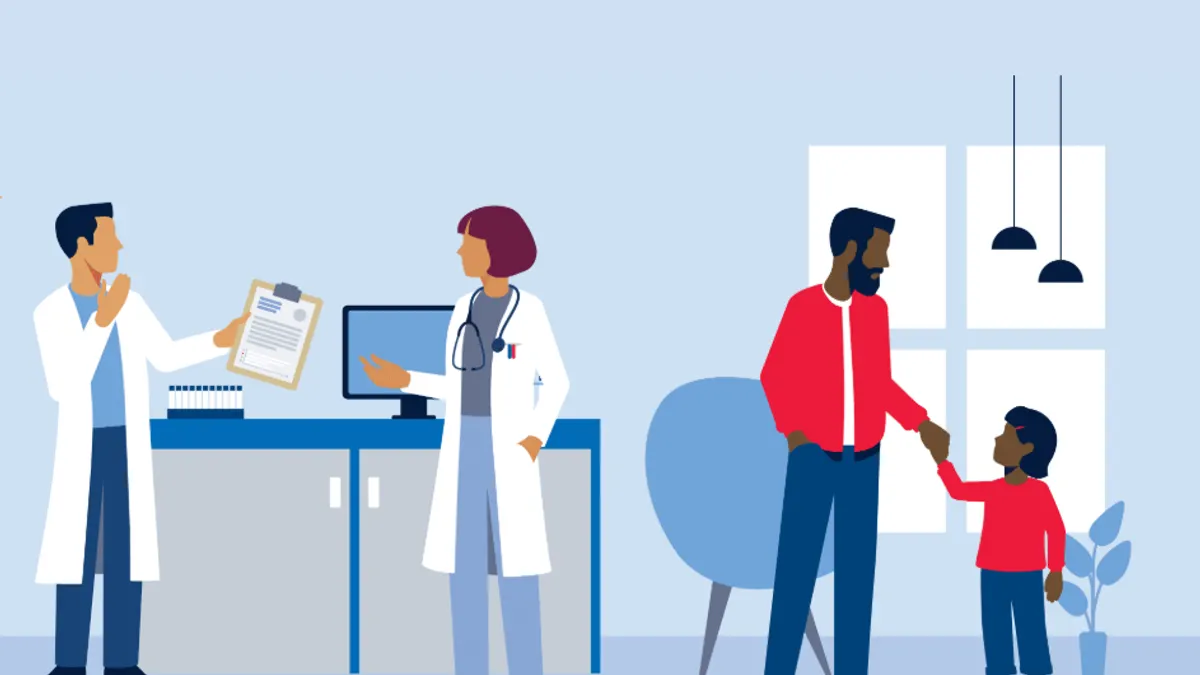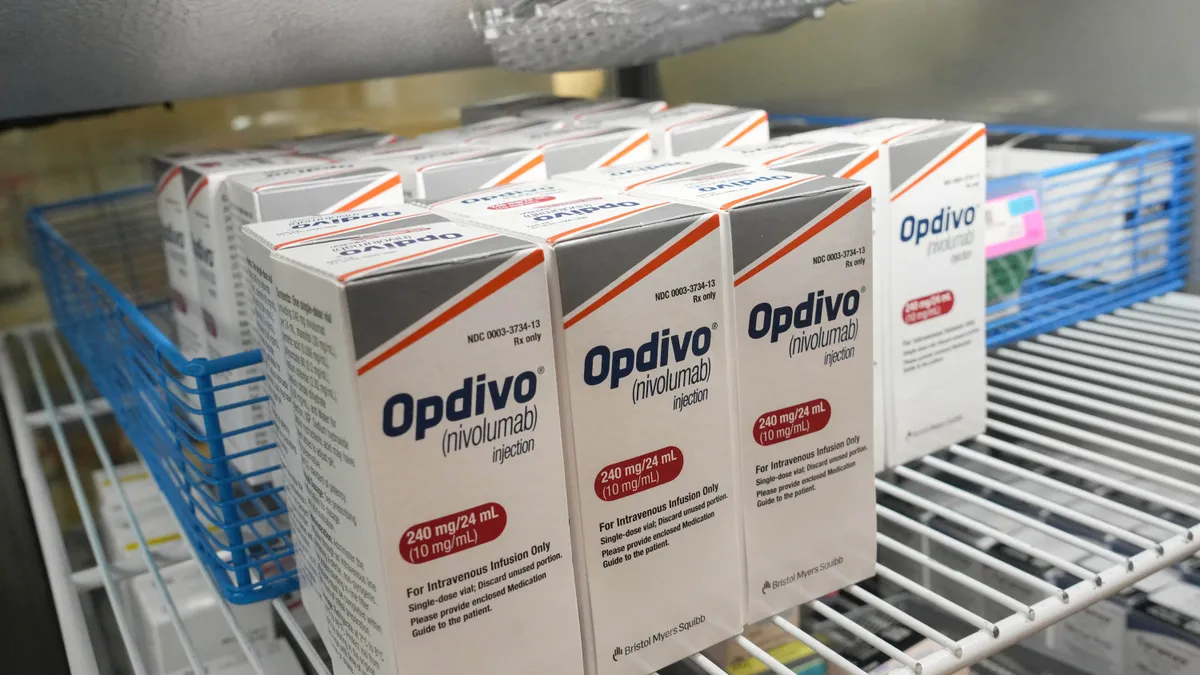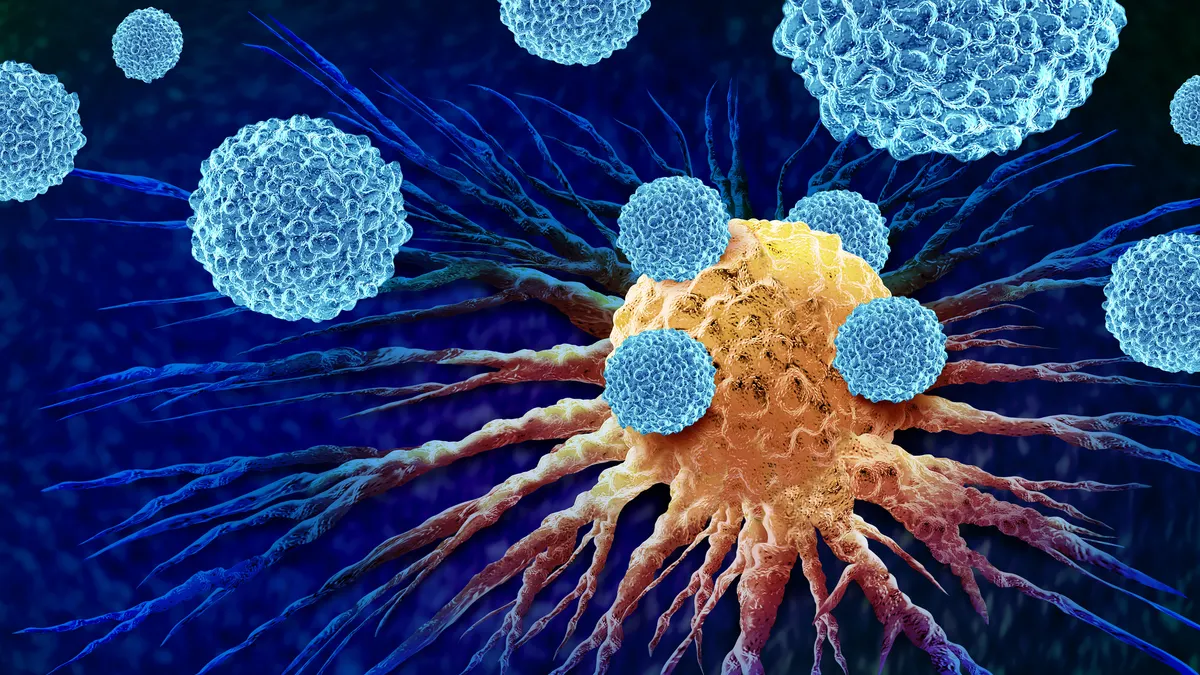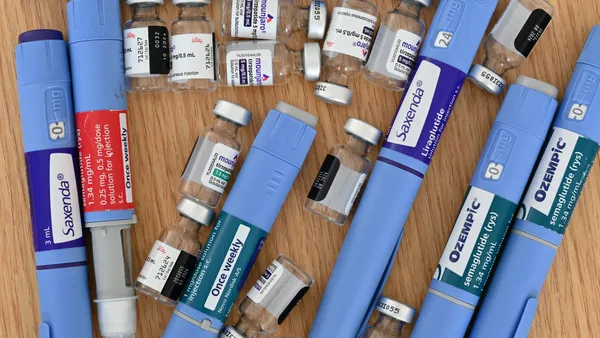If you’re a discovery scientist, you’re probably familiar with the fierce competition that dominates the landscape of biomarker identification. As a cornerstone of precision medicine, biomarkers will only become more entrenched in our understanding and treatment of disease.
The key to biomarker identification is an open secret – discoveries are only as good as the data on which they are based. A wide selection of standardized data provides the best foundation for analysis and discovery, which lets you identify and validate the most promising avenues. With a greater diversity of data types and sources, you can create a more complete image of the biological systems and processes you’re studying, which means uncovering better and more accurate insights.
There’s no shortage of data to explore, with thousands of new ’omics studies published yearly. However, the resulting sea of information can be difficult to navigate, process and curate, with data silos and noise confounding your efforts. Without the right infrastructure, you may miss critical insights. On top of that, inconsistencies in data formats or methodologies make it even more challenging to draw meaningful comparisons. No one can read it all – and no one should have to.
This contributes to one of the biggest challenges with creating your high-quality data source; the process of creation itself. Data scientists spend up to 80% of their time collecting and cleaning data, leaving only 20% for discovery analysis. This imbalance limits the time you can spend on valuable research activities. On top of that, thousands of new studies are published every year, turning data collection into a treadmill that leaves less and less time for actual discovery.
If you want to push the boundaries of what’s possible, you need enough time to make quality discoveries. Access to an expert-curated, standardized database becomes invaluable. It removes a significant amount of manual work, allowing you to focus on interpreting your results and generating hypotheses. Imagine how much easier it would be to work with a fully integrated, compatible source of data, rather than dozens of disparate ones. With data that has been manually curated by experts, you can derive more reliable, repeatable and useful insights, giving you the confidence to move forward with your discoveries.
Since 2014, QIAGEN Digital Insights has provided the solution to over 90,000 users worldwide. Instead of wasting valuable time on data wrangling, you can dive straight into uncovering new biomarkers, therapeutic targets and molecular mechanisms with ease. We’ve made it our priority to provide you with regular updates and process the latest data to make sure your discoveries are always up to date.
You need one source for high-quality, expert-curated content:
- 24 million biological findings
- 640 million causal biomedical relationships
- 800,000+ ’omics datasets, including single-cell and spatial data
- 1900+ diseases in 50+ disease areas
Curious about the specific data we offer? Want to save time and resources without sacrificing your efficacy?
Learn more about how we’re helping researchers like you make discoveries founded on robust, reliable, trusted data.
See how you can upgrade your biomarker research.










